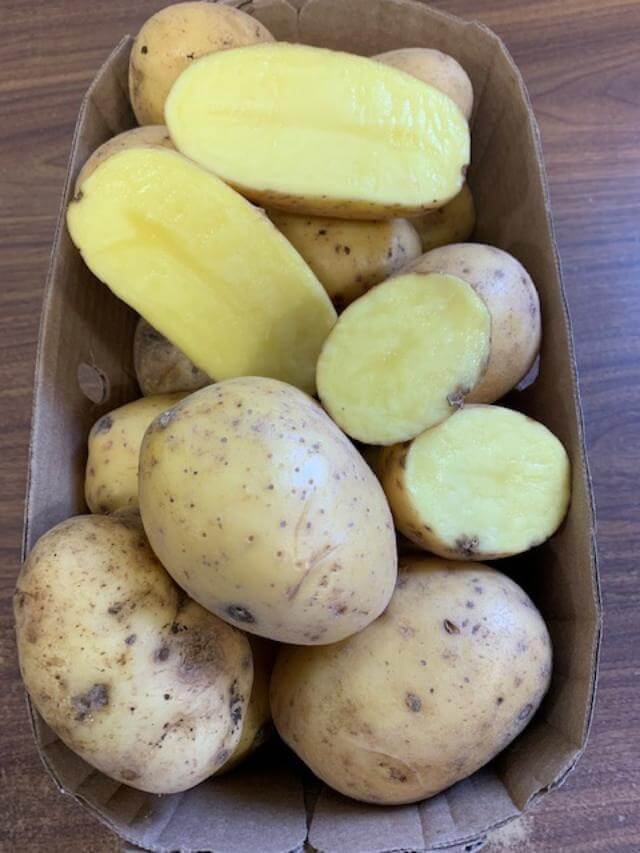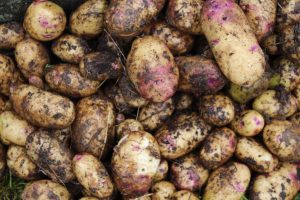
Chemical Free Farming: A Deep Dive
What are Heritage varieties of vegetables?
Heritage varieties, also known as heirloom varieties, of vegetables refer to traditional and open-pollinated cultivars that have been passed down through generations. These varieties are typically bred for their unique characteristics, flavor profiles, and adaptability to specific regions. They are often associated with historical, cultural, or regional significance.
Here are some key characteristics of heritage varieties of vegetables:
1. Historical Significance: Heritage varieties have a long history, often dating back several decades or even centuries. They are typically associated with specific regions or communities and have been cultivated using traditional farming methods.
2. Open-Pollinated: Heritage varieties are open-pollinated, meaning they rely on natural pollination methods such as wind, insects, or birds for fertilization. As a result, their seeds can be saved and replanted, allowing for their preservation and continued cultivation.
3. Genetic Diversity: Heritage varieties exhibit a wide range of genetic diversity within a particular vegetable species. They often come in various shapes, sizes, colors, and flavors, offering a greater diversity of options compared to modern hybrid varieties.
4. Flavor and Texture: Many heritage varieties are known for their exceptional flavor and unique taste profiles. These varieties often prioritize flavor and culinary qualities over characteristics like disease resistance or shelf life, which are more commonly emphasized in modern commercial varieties.
5. Adaptability: Heritage varieties have developed over time to adapt to specific climates, soils, and growing conditions in their native regions. They may exhibit greater resilience to local pests, diseases, or environmental conditions, making them well-suited for specific areas.
6. Conservation: The cultivation and preservation of heritage varieties contribute to the conservation of agricultural biodiversity. By maintaining and using these varieties, farmers and gardeners help protect the genetic resources that may be lost due to the dominance of modern commercial cultivars.
Heritage varieties offer a connection to our agricultural past, promote biodiversity, and provide opportunities for unique culinary experiences. They are increasingly valued by gardeners, farmers, chefs, and consumers who appreciate their distinct qualities and cultural heritage.
Phosphorus, Soil and Nutrition
Phosphorous is found in the soil as a soluble form available to the plants or insoluble form which is not available to the plants. In conventional agriculture reactions in the soil tend to make water soluble forms of phosphorous into water insoluble phosphates. Where as, in organic or biological agriculture soluble phosphorous is built into the bodies of soil microorganisms and becomes part of the soil humus.
In an organic cropping system a reserve of phosphorous in excess of soil biological needs and must be maintained as well as soil conditions which maximize biological activity. With any of the management systems phosphorous is not readily leached from the soil but can be lost with soil particles by soil erosion.
A number of observations about the soils sampled in the pilot study are important to note. The soil organic matter (%OM) tends to be 3% or greater, the pH tends to be alkaline or greater than 7.2, and the phosphorous levels on the C.E.C tests are low. These observations have positive and negative implications.
On the positive side, the soil organic matter levels indicate that the management practices are positive to soil health and are beneficial in terms of supporting microbial life that will enhance the recycling of nutrients. It also indicates a high probability that phosphorous will be in the insoluble form as part of the soil microbes.
Chemical Free Farming Tips Chemical-free farming, also known as organic farming, focuses on cultivating crops and raising livestock without the use of synthetic chemicals such as pesticides, herbicides, and fertilizers. Here are some tips for… https://t.co/HztFlhsic3
— Maple Garden Farm (@MapleGardenFarm) May 19, 2023
On the less than positive side, the soil pH is alkaline primarily because the parent rock that the soils have come from are calcareous or limestone. The pH is higher also due to the high organic matter content as well as the lack of acidifying agents such as commercial fertilizers. In the production of commercial fertilizer phosphate rock is acidified to make it more soluble. So to acidify phosphate in the soil or apply it as a rock phosphate is a challenge but this will be described later.
On the negative side, the soil phosphorous levels on the C.E.C. tests conclusively indicate that the soils lack adequate reserves to optimize yield and utilize nitrogen to provide optimal nutritional quality of the crops and the livestock and people eating those crops.
Making Phosphorous More Soluble
Phosphorous is the same as all nutrients required by plants, it must be soluble or in soil solution before the plant roots can take it up. The process of making phosphorous available becomes a pull and push type of relationship. Soil microbes mineralize the phosphorous to make it soluble. The higher the quality of the microbial life and more organic matter in the soil, the more phosphorous can become available.
On the other hand phosphates that are applied in the acid soluble form, not organic phosphates tend to become insoluble or unavailable to the plant in alkaline soils of pH levels greater than 7 and reacts with excess calcium especially if the soil is low in biological activity.
For simplicity we shall call the organic phosphorous or the phosphorous which is given up by the soil microbial processes as the short term pool. The inorganic phosphorous which is bound with other minerals is the long term pool. The short term pool limits the current crop growth and more precisely the germination of the crop in cool, damp conditions and then throughout the season to finish the crop. The long term pool is the longer term investment and limits the short term pool.
A good fertility program addresses the short term and long term pools in tandem. The sources of phosphorous vary in solubility, placement and timing of application. The short term sources of phosphorous are banded fertilizers, raw manure and compost. The long term sources of phosphorous are broadcasted rock minerals or rock phosphates or clay based phosphates such as Calphos. To enhance the mineralization and recycling of phosphorous we can add to the crop rotation green manures or crops such as rye and oats that access soil phosphorus long term pools and bring into the short term pools through their decay.
Raw manure and compost provides one of the more soluble forms of phosphorous and also provides nitrogen which makes phosphorous more readily available to plants than without nitrogen. Manure and compost also have an acidifying affect. When placed on the soil surface and not worked in, the manure and the microorganisms in the manure or compost have more opportunity to acidify and act on the rock mineral sandwiched between the soil and manure. This affect can be amplified if the rock mineral is placed with the compost as it is being made and then placed on the soil surface or on top of more rock phosphate broadcast in the field.
The choice is a factor of how quickly one wants to progress and the budget and resources available. The bottom line it is however, the investment must be made to the short term and long term pool for a period of time until the system has realigned. Then the long term pool can be maintained with a less intensive focus.
Role of Phosphorous in Optimum Nutrition
Phosphorous is the king pin of protein. Phosphorous is an essential component of photosynthesis. Adequate levels of phosphorous leads to fast and vigorous growth and increased nitrogen uptake and utilization. A limitation of phosphorous in the presence of more than adequate nitrogen can also lead to excess nitrates in the plant and elevated somatic cell count in cows. During seed germination it is important for fast and healthy root growth. As the crop grows it is important for increased mineral and sugar content of the plant and earlier maturity. If phosphorous is limited, the yield and protein will be limited in the crop.
Due to the nature of some of the products and methods to amend soil mineral imbalances in organic cropping systems, soil building occurs over an extended period of time. A good fertility program is a matter of combining knowledge of chemistry and biology-understanding the chemistry of the minerals and the biology of how the soil, soil microorganisms and the plants interact to affect the availability, uptake and recycling of the nutrients required for crop growth, crop nutrition and soil nutrition. While basic philosophies of soil fertility programs differ, the basic tenement of organic management systems is to build soils as an investment in soil health and future crop performance. We feed the soil and the soil in turn feeds the plants.
Joint blog Post by Chrystale Henry and Julieta Gomez at Maple Garden Farm – a off the grid humble Organic Farm (permaculture ) located on a 10 acre farm producing varieties of vegetables and other farm produce. Joint us on twitter, Facebook and follow our LinkedIn company page to learn more and get great tips on farming strategy and permaculture and alternative energy design ideas.








